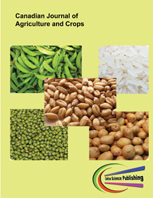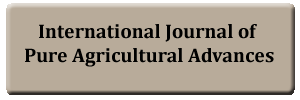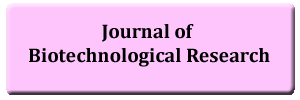Foraging Activity of Apis mellifera L. (Hymenoptera: Apidae) on Corn Panicles at Yaoundé, Cameroon
DOI:
https://doi.org/10.20448/803.3.2.64.71Keywords:
Apis mellifera, Zea mays, Panicles, Pollen, Pollination.Abstract
To evaluate the impact of Apis mellifera (Hymenoptera: Apidae) and other flowering insects on seed production of Zea mays, its foraging and pollinating activities were studied in Yaoundé, during the mild rainy season of 2016 and 2017. Treatments included unlimited plants access by all pollinator insects and bagged plants to avoid all visits. For each year of study, observations were made on 12 plants per treatment. Apis mellifera foraging behavior and effect of pollinator insects in seed yield were evaluated. Results show that this bee foraged pollen on Z. mays panicles during the whole blooming period. The percentage of lines completely filled with seeds, the mean number of seeds per lines and the percentage of normal seeds of unprotected plants were significantly higher than those of plants protected from pollinator insects. Pollinator insects included A. mellifera provoked a significant increment of the percentage of lines completely filled with seeds by 26.80% in 2016, 9.90% in 2017, the mean number of seeds per lines by 31.04% in 2016, 18.96% in 2017 and the percentage of normal seeds by 2.01% in 2016 and 2.53% in 2017. The installation of A. mellifera colonies and nests of pollinator insects close to Z. mays fields is recommended to increase seed yield in the region.


